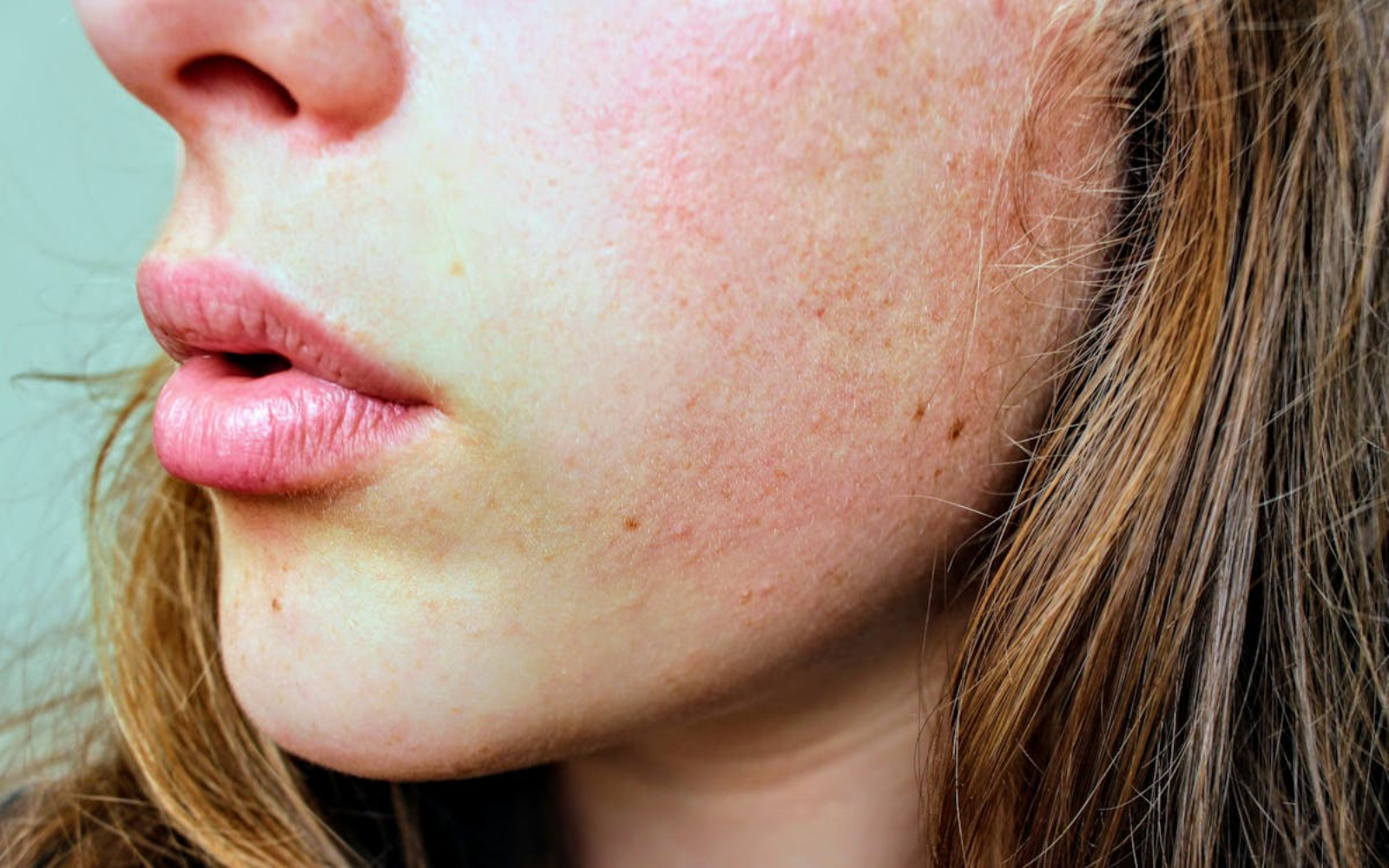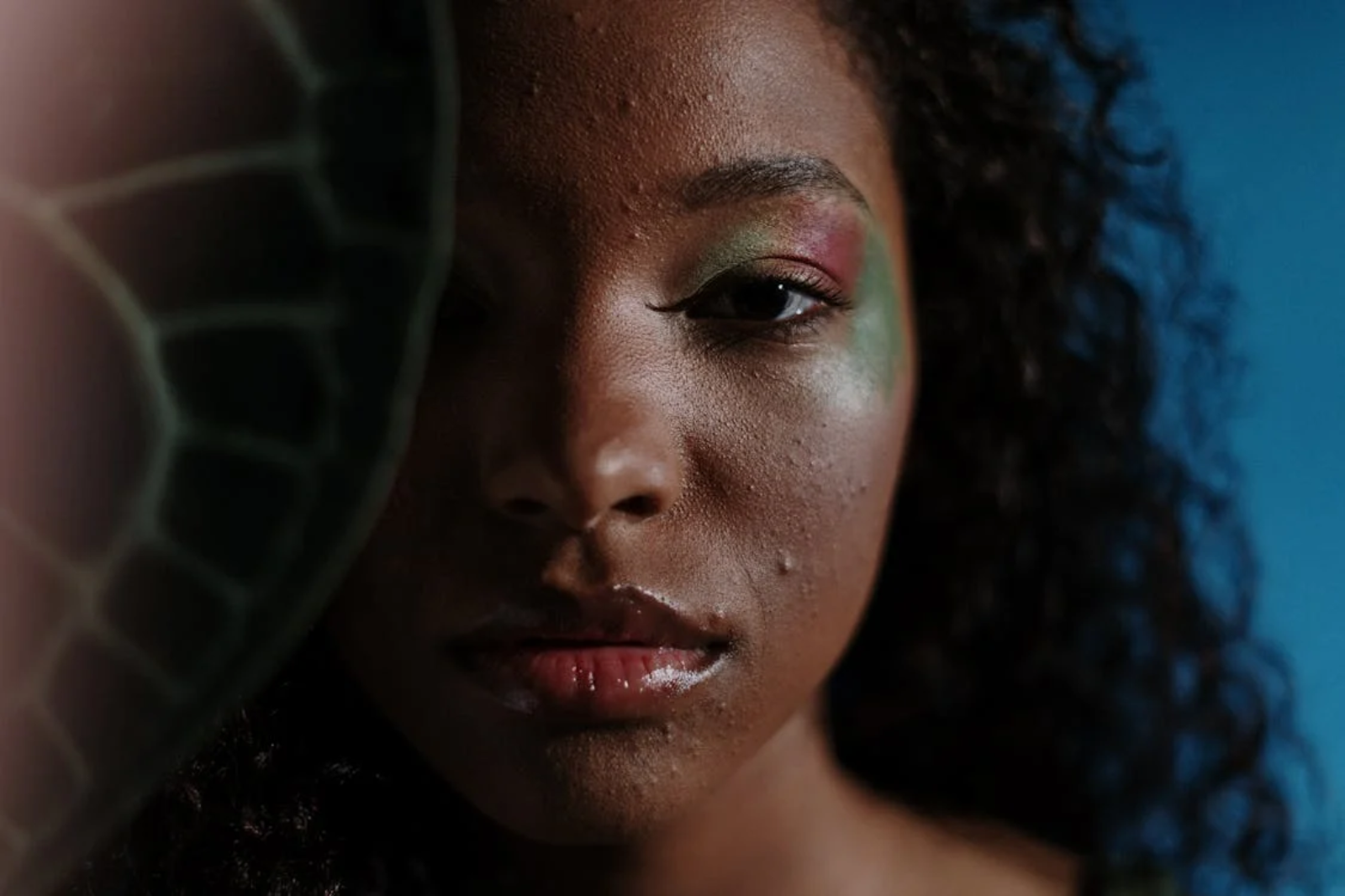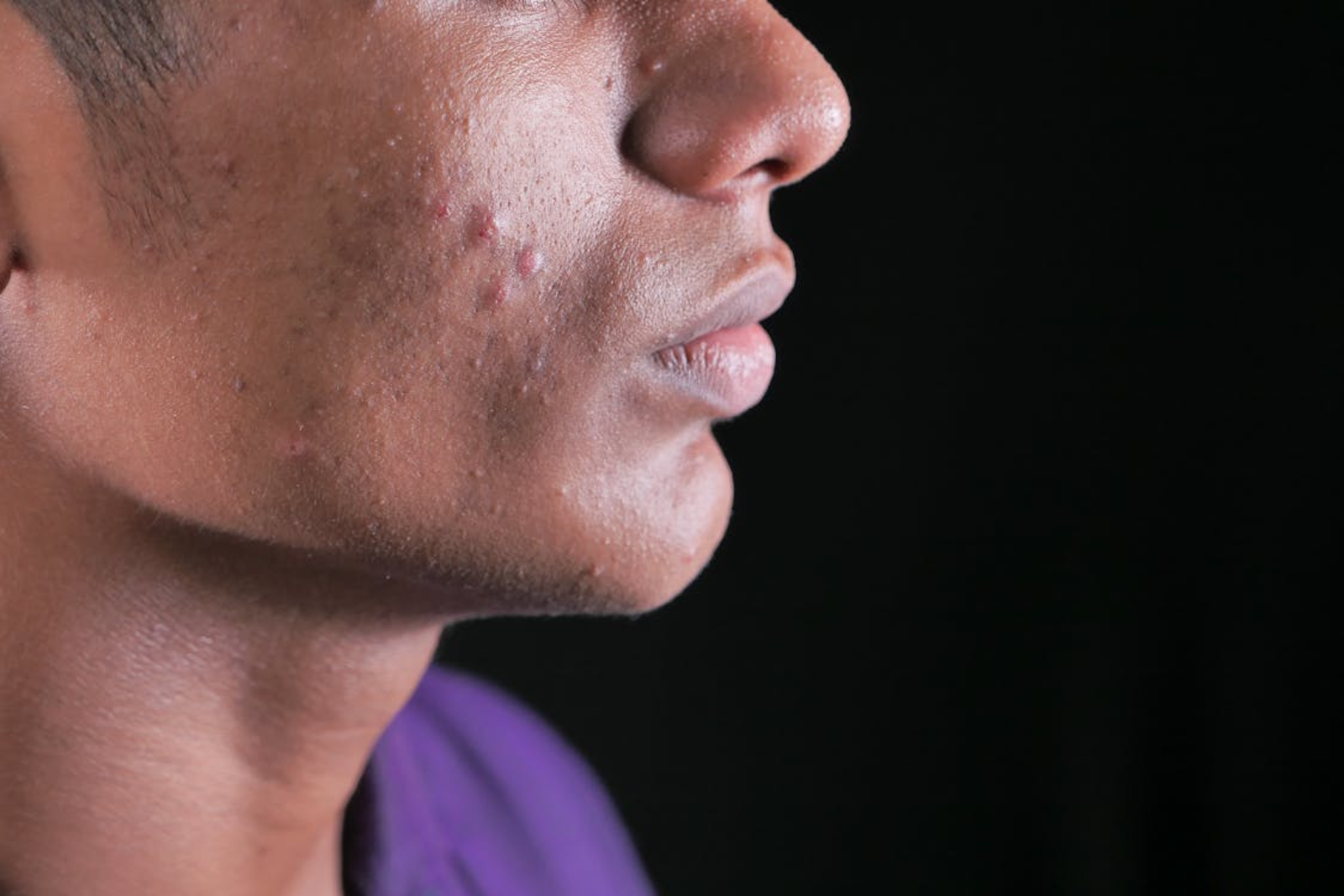
How to Get Rid of Acne Scars
By Sadia | Tuesday, June 24, 2025
Have you ever found yourself wondering why these annoying marks are still here, even though your acne has been gone for a while? Frankly, this is a really common issue. In fact, acne scars can remain for months or even years, not only influencing the texture of your skin but also the way you feel about yourself. These scars act as a reminder of the way you used to look and can be really annoying to contend with. Especially when they can directly affect your sense of self-worth.
If you're looking for a solution as to how to get rid of acne scars, you should know that there isn’t a magical potion. Moreover, the treatment can differ depending on the type of scar you have, whether it's an atrophic (sunken), hypertrophic (raised), or keloid scar, or the type of skin you have. This means that what might be the ideal solution for someone might not work for another. Thus, making realistic expectations a big part of the process.
Understanding the type of scar you have and finding the right solution can encourage you to take positive strides towards healthier and smoother skin. Would you like to treat your acne scars? Excellent, as we will be sharing all the proven techniques and professional advice there's to effectively eliminate these tedious saves.

Treatment Options for Acne Scars
1. Home Skin Care
Daily Maintenance
Continuous skin care is a necessity when it comes to learning how to get rid of acne scars. Just by keeping your skin clean and moisturized, you can prevent new breakouts that can worsen your scarring and promote better skin healing. Create a gentle routine, using products suited to your skin type, as it will encourage cell turnover and maintain your skin health, while also gradually improving the appearance of scars.
Sun Protection
Shielding your skin from UV exposure is non-negotiable in your skincare routine. Sunlight tends to make scars darker and exaggerate the pigmentation, making them more noticeable and harder to fade. Using a broad-spectrum sunscreen daily can protect your skin from these harmful rays and prevent further discoloration while supporting the healing process.
Topical Treatments
Azelaic acid is a popular ingredient that helps in reducing pigmentation and smoothing skin texture by promoting cell turnover and preventing melanin production. Whereas Hydroxy acids allow for gentle exfoliation of your skin surface, renewing the skin and fading mild discoloration.
Both of these tropicals are perfect for mild scarring and early-stage marks, and are suitable for all skin types if used correctly. However, these treatments do require patience and aren’t as effective on deep for raised scars.
Who It’s Best For
Home skin care, along with these ingredients, is best suited for mild acne scars or early discoloration. While it is an ideal treatment for all skin types, including sensitive skin, when products are used as directed, but can lack in effectiveness when it comes to deeper or more severe scars.

2. Soft Tissue Fillers
How It Works
Soft tissue fillers such as hyaluronic acid, collagen, or even your own fat are injected underneath indented acne scars to push them up to the level of the surrounding skin. The procedure allows you to create a smoother and more even surface by filling in the depressions provoked by the scarring. It's a minor invasive technique that targets volume loss, allowing you to restore the skin’s natural contours while improving the overall texture.
Temporary But Effective
Although soft tissue fillers do offer noticeable improvements, their effects are temporary. Also, depending on the type of filler you used and the skin’s metabolism, these results can last between 6 to 18 months. Afterwards, your body starts to gradually absorb the filler, thus resulting in repeated treatments. This makes fillers a flexible yet ongoing solution for managing acne scars.
Advantages
The biggest benefit of soft tissue fillers is the immediate visible improvement, as it provides quick smoothing of indented scars. Not to mention, the procedure involves low downtime, allowing you to resume daily activities immediately. Plus, these fillers carry minimal risk of pigmentation changes, which also makes them a safe option for a variety of skin types, including those prone to discoloration.
Best For
Soft tissue fillers are extremely effective for rolling scars and mild boxcar scars, which are distinguished by their shallow, rounded depressions. These scars respond well to volume restoration, making fillers a more ideal treatment option. Whereas they are less suitable for deep or raised scars and might require alternative treatment.
Considerations
The most noteworthy consideration is the cost, since these fillers are temporary and require repeat sessions, which can add up quickly over time. It is also important to have your treatment performed by a qualified professional to guarantee safe and optimal results. Comparing the benefits with the cost will allow you to decide whether fillers are the ideal choice for your acne scars.

3. Steroid Injections
Purpose Described
Steroid injections are mostly utilized in the treatment of elevated acne scars, like hypertrophic or keloid scars. These tend to be firm, thick scars and may be itchy or painful. Injections achieve this by flattening the elevated tissue and cutting down on inflammation, allowing the scar to integrate more seamlessly into the surrounding skin. This procedure is particularly useful when applying creams on the surface and other surface treatments have failed.
Mechanism Action
Corticosteroids in the injections act to dissolve excess collagen in the scar tissue. They cut down on the inflammatory response, causing the scar to thicken and swell. Steroid injections soften and flatten the scar by stopping collagen production and stimulating collagen breakdown, thus enhancing the appearance of the scar over a period.
Treatment Plan
Several steroid injection sessions are typically required for the best results. The sessions are most commonly done a few weeks apart to permit the skin to respond and heal in between treatments. Regularity is essential, and your dermatologist will individualize the schedule depending on your scar's size, type, and response to therapy.
Risks Side Effects
Though effective, steroid injections have some associated risks. If overused, the treated area can suffer from thinning of the skin (atrophy), so it appears sunken or brittle-looking. There is also a risk of lightening the color of the skin where the injection is done, and this may be more apparent on darker skin types. These side effects tend to correct themselves, but must be closely watched.
Ideal Candidates
The steroid injection is most appropriate for individuals with hard, elevated scars that are not responsive to topical therapy. If you have keloid or hypertrophic scars that are painful or disfiguring, this treatment can provide a dramatic improvement. It's worth having a dermatologist assess your scars to see if this is an appropriate option for you.
4. Laser Resurfacing
Summary
This is an exceptional treatment that fully eliminates the outer layer of damaged skin, as well as encourages the production of collagen beneath. Working on the surface and inner layers of the skin, it encourages the production of new, healthy skin cells, which smooths the skin and improves its general tone. This treatment is exceptionally good at minimizing the appearance of acne scarring and encouraging natural skin renewal and repair.
Types Lasers
There are only two broad types of lasers employed in the treatment of acne scars, i.e., ablative and non-ablative. Ablative lasers, e.g., CO₂ and Er: YAG, are aggressive in nature and remove the outer layers of the skin to produce long-term, deeper changes. Non-ablative lasers (Fraxel) are less aggressive and stimulate collagen without removing the surface. This, however, requires more than one sitting to achieve the desired appearance.
Advantages
Laser resurfacing therapy allows you to improve your skin texture and tone significantly, with long-term benefits through the stimulation of collagen. It also decreases the depth of the scar and pigmentation, and makes the scar less visible.
Furthermore, most patients adore the long-term effects, which usually keep improving their skin for months following the treatment, just by allowing their skin to heal and regenerate.
Side-effects
Some of the more common side effects of this treatment are transient redness and swelling. Not to mention the risk of post-inflammatory hyperpigmentation, especially for the darker-skinned patient. Even laser resurfacing has the risk of causing flare-ups of any underlying conditions, like melasma. That is why selective choice and after-care are a big part of this treatment, to minimize any potential risk.
Precautions Care
Before you undergo a treatment, you must have a patch test done to see how your skin would react to the treatment. Similarly, find a qualified practitioner to have a safe and effective after-treatment.
You might also utilize the tools, such as the Faceyogi app, to adhere strictly to pre- and post-care instructions, including sun exposure and utilization of the prescribed skincare routine. This will help prevent complications and ensure optimal healing.
5. Dermabrasion
How It Works
Dermabrasion employs a rotating brush or diamond-tipped implement to heavily exfoliate and resurface the skin. The tool lightens the outer layers of affected skin, exposing smoother, fresher-looking skin beneath. This controlled scraping reduces the appearance of acne scars by encouraging new skin development and leveling out the texture of the skin in the long run.
Results Achieved
This process smoothes the surface scars and slowly decreases the depth of deeper scars. With repeated treatments or adequate time to heal, dermabrasion can greatly enhance skin texture and decrease the visibility of scars. The new skin tends to appear fresher and smoother, improving general complexion quality.
Who Should Consider
Dermabrasion is most appropriate for individuals with medium to fair skin, since they are less likely to develop pigmentation alteration following treatment. It's also most appropriate for individuals with extensive scarring that is not responsive to other mild procedures, such as topical treatments or minor exfoliation.
Risks Involved
Risks are infection, scarring, and changes in pigmentation, particularly if aftercare is not followed. In contrast to other acne scar treatments, dermabrasion has a lot of downtime, with redness and healing taking a few days to weeks. Using an experienced practitioner minimizes the risks.
Aftercare Tips
Post-dermabrasion, it's essential to stay away from sun exposure to avoid pigmentation. Maintaining the skin's moisture level and applying prescribed medication ointments aids in recovery. Adhering strictly to the instructions given by your dermatologist is a guarantee of optimal healing and results.
Lifestyle Tips
Practicing healthy habits, such as avoiding picking or squeezing your pimples, can help prevent acne scars.
While outside, protect your skin by using broad-spectrum sunscreen, as it allows you to prevent UV exposure and slow healing.
Introduce a balanced diet rich in vitamins and stay hydrated to encourage skin repair.
Have quality sleep to let your skin heal naturally and exercise to prevent any potation breakouts.
Conclusion
Acne scars don't leap at the opportunity to heal, and there is no 'miracle' cure that's going to cure everyone. Every type of treatment has pros based on the type of scar (keloid, hypertrophic, or atrophic) and the type of skin you have. Knowing this allows you to have realistic expectations and brings you to the optimum solution for your unique skin.
The most effective way is to utilize a combination. For instance, using laser treatments in combination with topical treatment or fillers in combination with a stringent sun guard is better at preserving new skin and healing a scar compared to either. With patience and perseverance, one is able to observe real improvement over time.
Always seek the advice of a dermatologist to develop a customized plan that is highly effective with little risk, particularly if your skin is dark or sensitive. Never forget, there are many choices, and with expert advice and ongoing care, a visible difference is possible. For tailored tips and skin care guides, visit FaceYogi, and find custom solutions and skin care solutions to get your skin looking its best.
References
Basit, H., Godse, K. V., & Al Aboud, A. M. (2025). Melasma. In StatPearls. StatPearls Publishing.
Gozali, M. V., & Zhou, B. (2015). Effective treatments of atrophic acne scars. The Journal of Clinical and Aesthetic Dermatology, 8(5), 33–40.
Hersh, E. (2019, July 10). Boxcar scars: Home treatments, causes, and outlook. Healthline; Healthline Media.
Hypertrophic scar. (2023, August 30). Cleveland Clinic.
Starkman, E. (2021, June 11). Azelaic acid for your skin: What to know. WebMD.
Website, N. H. S. (2023, February 13). Keloid scars. Nhs.uk.
What to know about rolling scars. (2021, June 15). WebMD.






